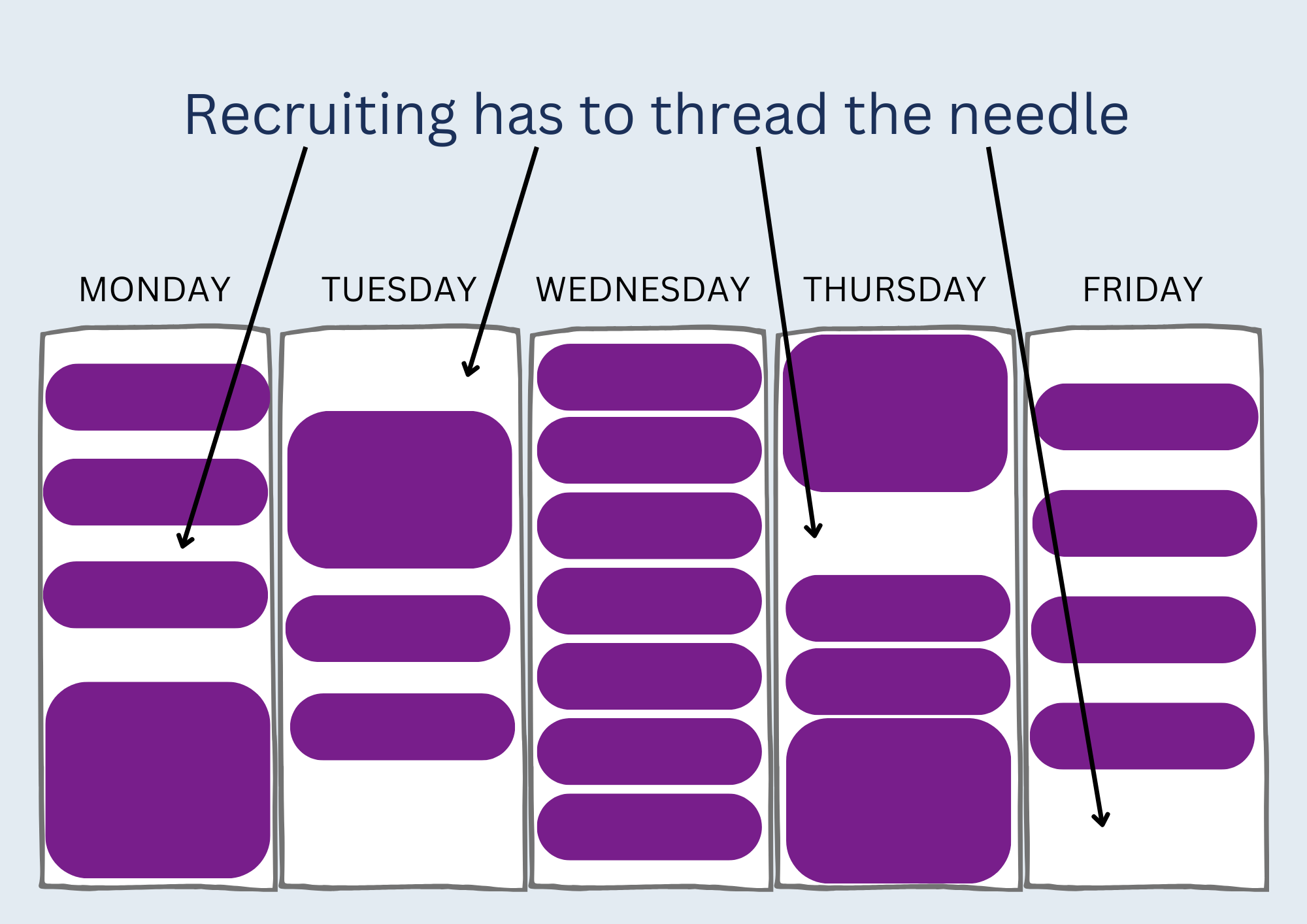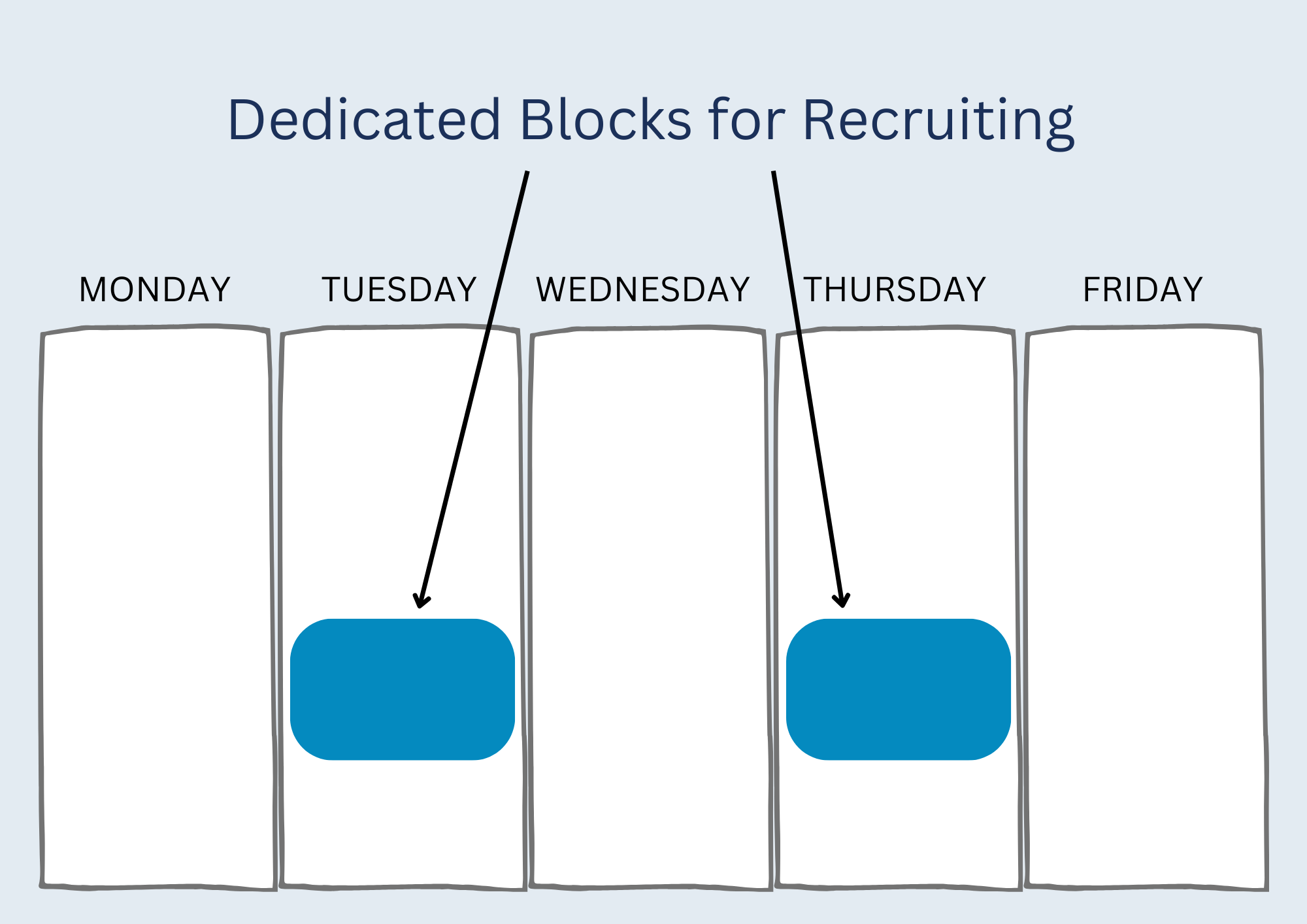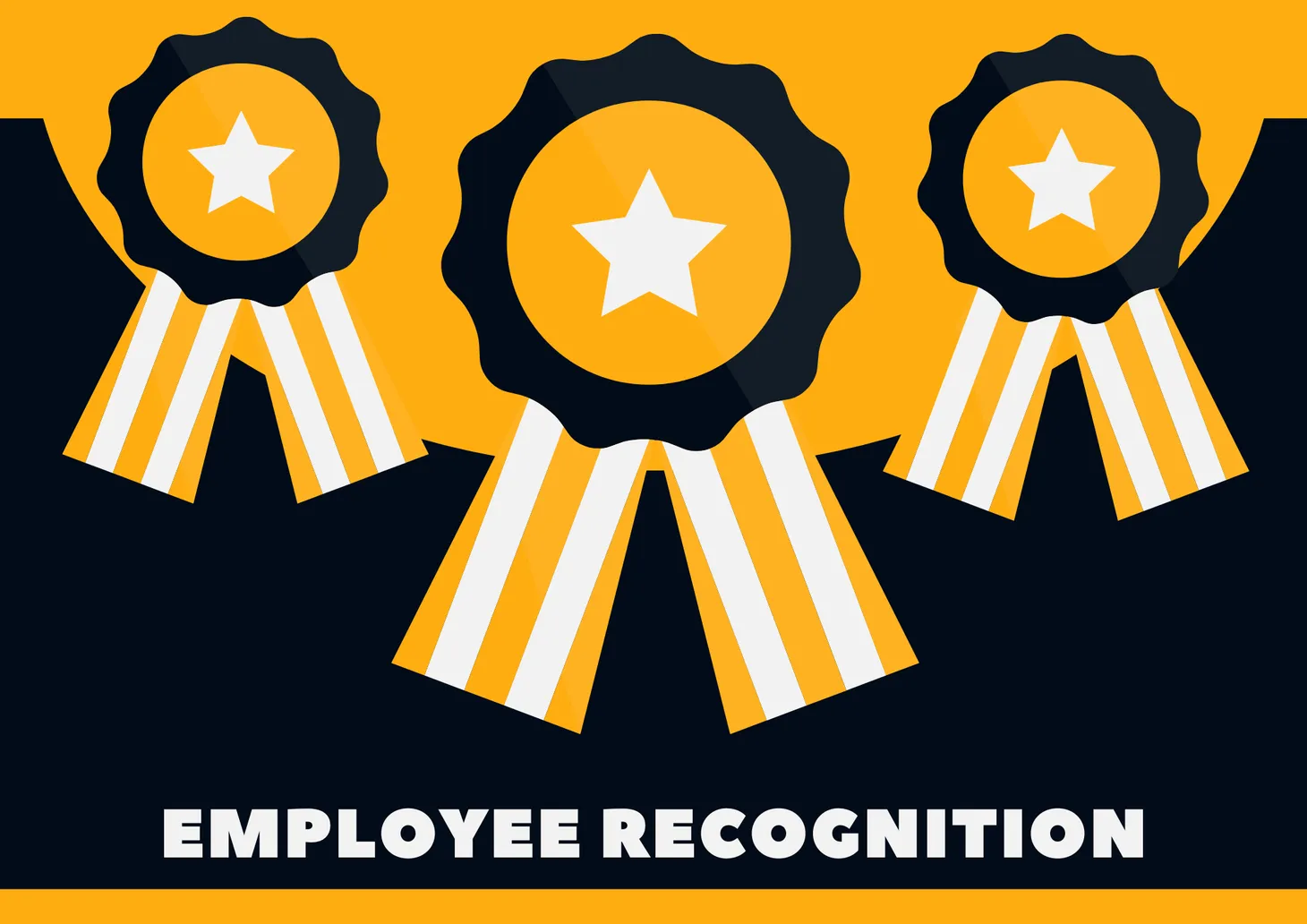Optimizing the Interviewing and Hiring Process: A Manager's Strategy

Table of Contents
When building a high-performing team, interviewing and hiring are critical steps. This phase can be time-consuming, especially for multiple positions, so staying in sync with your Recruiter is key. Establish regular meetings to discuss the status of your hiring pipeline and address any concerns, such as advertising effectiveness or pipeline expansion strategies.
Maximizing Your Recruiter Relationship:
Your Recruiter may juggle multiple positions and managers, so ensuring your role remains a priority is vital. Ask pointed questions about your pipeline to gauge their engagement and troubleshoot any issues, like lower prioritization or workload challenges. If necessary, consider requesting additional recruiting support to streamline the process.
Simplifying Interview Scheduling:
Make scheduling interviews easy for your Recruiter by blocking out specific times in your calendar. For instance, reserving every Tuesday and Thursday afternoon for interviews can significantly expedite the process.


Candidate Pipeline Stages
Keep track of candidates at various stages, from prospects to those formally submitted into the pipeline. Regularly review this with your Recruiter to ensure a smooth flow and address any bottlenecks.
The Interview Funnel
Each stage serves a purpose, from the initial recruiter screen to the final team interview. For instance, use manager/lead screens to gauge if a candidate merits a full-team interview. Job challenges can be an effective way to assess practical skills, but ensure they are relevant and reasonable.
The Offer Process
Once you extend an offer, monitor the candidate's response closely. Whether a candidate accepts, declines or the offer is pending; each outcome provides valuable insights for future hiring strategies.
Understanding the Interview Landscape
Your interviewing approach will vary based on several factors, including your company's size, the job location, and the nature of the role. Smaller companies must balance rapid hiring with thorough candidate evaluation, while larger firms might have more resources but slower processes.
Remote Work and Location Strategy
Leverage remote work as a selling point, especially for small firms competing in a national market. Highlight the benefits like flexibility, no commute, and a comfortable work environment.
Specialist Positions
Invest more time and resources in hiring for specialist roles. If finding suitable candidates becomes challenging, consider partnering with a staffing firm specializing in those skills.
By refining your interviewing and hiring process and closely collaborating with your Recruiting team, you can effectively build a team that meets your organizational needs and drives success.
Wrapping It Up: Smart Hiring, Smarter Teams
And there we have it—a deep dive into the art of team-building through strategic interviewing and hiring. Remember, each candidate you consider is more than a resume; they're a potential game-changer, a future advocate for your vision, and a collaborator in your company's journey.
The process might be complex, but it's also your chance to shape the culture and capabilities of your team. Keep those lines of communication with your Recruiter open, maintain flexibility in your approach, and always be ready to pivot when needed.
Here's to finding those standout individuals who don't just fill a gap—they help launch your team to new heights. Happy hiring!
Frank Blecha Newsletter
Join the newsletter to receive the latest updates in your inbox.




